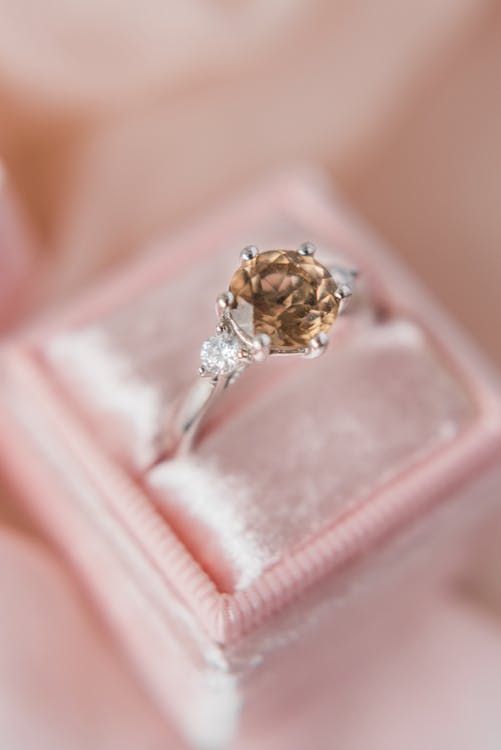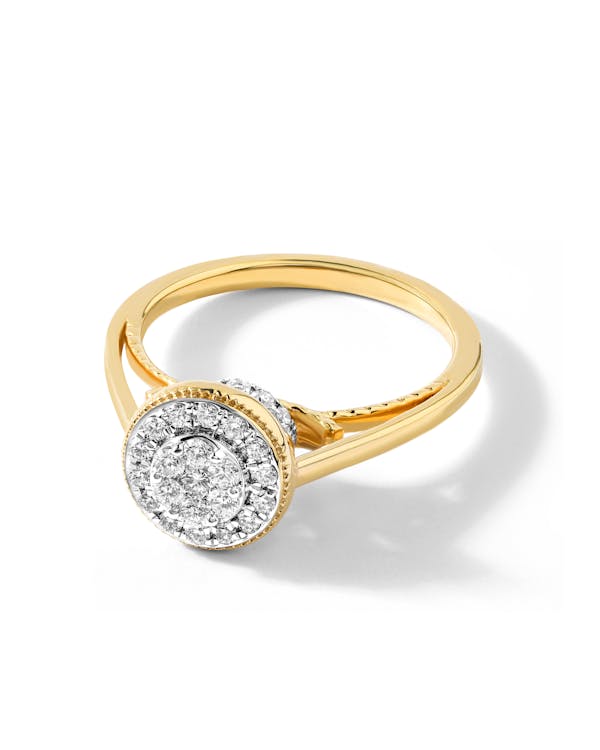
In the dazzling world of gemstones, diamonds have long held a coveted position. Their brilliance, durability, and timeless elegance have captivated hearts for centuries. But the traditional diamond mining industry has faced growing scrutiny for its environmental impact. Enter lab-grown diamonds: a revolutionary technology offering a potentially more sustainable alternative. The World Wildlife Fund (WWF), a leading voice in global conservation efforts, has taken a measured approach to this new frontier, recognizing both the potential and pitfalls of lab grown diamonds.
A Cause for Concern: The Environmental Impact of Diamond Mining
Conventional diamond mining can leave a significant ecological footprint. Large-scale operations often disrupt delicate ecosystems, causing deforestation, soil erosion, and water pollution. Additionally, traditional mining methods can be energy-intensive, contributing to greenhouse gas emissions. These concerns, coupled with ethical considerations surrounding some mining practices, have driven a growing demand for ethical and sustainable alternatives in the jewelry industry.
The Rise of Lab-Grown Diamonds: A Viable Alternative?
Lab-grown diamonds are not imitations; they possess the same physical, chemical, and optical properties as their mined counterparts. Created under controlled conditions in laboratories, they utilize extreme heat and pressure to replicate the Earth’s natural diamond formation process. This method offers several potential advantages:
- Reduced Environmental Impact: Lab-grown diamonds require less energy and generate minimal waste compared to traditional mining.
- Ethical Sourcing: They eliminate concerns about unethical labor practices and conflicts associated with some mining regions.
- Increased Transparency: The controlled laboratory environment allows for greater transparency in the production process.
These factors have fueled the rapid growth of the lab-grown diamond market, presenting a potential game-changer for the jewelry industry.
The WWF’s Stance: A Nuanced Approach
The WWF recognizes the potential benefits of lab-grown diamonds as a more sustainable option for consumers seeking ethical and environmentally conscious choices. However, they also acknowledge the need for responsible practices within the lab-grown diamond industry itself.
The WWF emphasizes the importance of ensuring lab-grown diamonds are produced using renewable energy sources to minimize their environmental footprint. Additionally Igi Vs Gia Lab Grown, they advocate for responsible sourcing of the raw materials used in the creation process.
Furthermore, the WWF highlights the continued role of responsible, well-managed mined diamonds in supporting conservation efforts. Revenue generated from certified sustainable mining initiatives can contribute significantly to habitat protection and community development programs in diamond-producing regions.
The Future of Diamonds: A Co-Existent Landscape?
The rise of lab-grown diamonds doesn’t necessarily spell the end for mined diamonds. Instead, a future where both sectors co-exist seems more likely. Consumers with a strong preference for sustainability may gravitate towards lab-grown options. On the other hand, those who value the unique history and characteristics of natural diamonds may continue to favor traditionally mined stones, particularly if sourced responsibly.
The key lies in education and transparency. Empowering consumers with a clear understanding of the environmental and social impact of both mined and lab-grown diamonds allows them to make informed choices that align with their values.
Beyond the Diamond: A Focus on Sustainability
The conversation around lab-grown diamonds presents a valuable opportunity to push for broader sustainability efforts within the jewelry industry. Looking beyond diamonds, the WWF encourages responsible sourcing practices throughout the entire jewelry supply chain. This includes ethically sourced gemstones, recycled precious metals, and environmentally friendly packaging.
Ultimately, the goal is to ensure the entire jewelry industry operates with a focus on environmental and social responsibility. Lab-grown diamonds might be a shining example, but they are just one piece of a much larger puzzle.
A Final Thought: Choosing the Right Diamond for You
Whether you’re drawn to the timeless allure of a mined diamond or the innovative appeal of a lab-grown gem, the most important factor is making a conscious choice. Educate yourself about the environmental and social impact of both options, and select the diamond that best aligns with your values. By making informed decisions, consumers can play a crucial role in steering the jewelry industry towards a more sustainable future.
